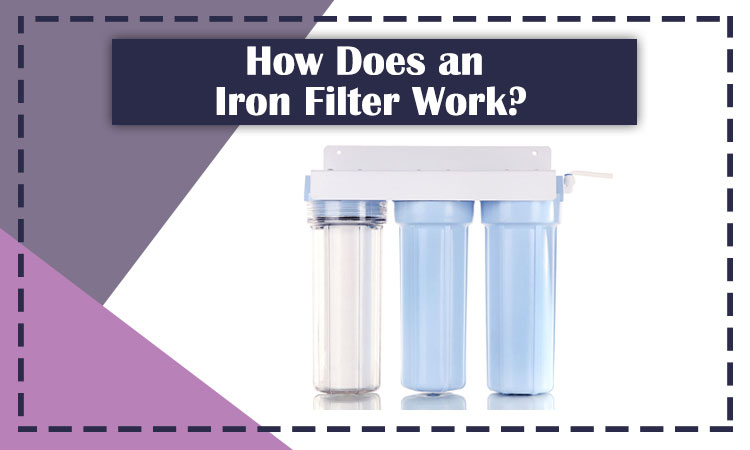You might be thinking how does an iron filter work and how iron filter help us daily basic? This is very annoying while you are in mid of the cooking, and you are getting red water instead of fresh and clean water from your kitchen tap. For this, you need to filter water. Human being used to purify water in many ways.
By the lapse of time, through the technology revolution, human beings invent new tricks to clean water, such as iron filters. However, you have to know how does an Iron filter work before starting the cleaning process. So, at first, understand what an iron filter is.
What is Iron Filter?
Iron filter softens water by filtering the iron components in it. Through this, water is filtered by step by step periodic backwashing, refreshed to oxidize the ability of media bed. It is used for cleaning the color and ferrous from the groundwater.
The red water refers to the water is in a ferrous state. Iron filter not only clears the iron but also oxidizes the rust, which is known as oxidization. A layer naming granular filtration media captures the particles and rinse it to drain.
Most of the filters can remove both water and ferric iron. In some cases, other measurements are taken to remove bacterial iron too.
How does an iron filter work?
The iron filter works on three phases. There are several types and pick one of them. So, don’t waste your time thinking or researching, read the fact and do it!
Step 01: Oxidation
This is the pre-treatment phase, where oxidant is used to detect contaminants for precipitating as well as settling out. These contaminants usually tend to be larger, so that removal through straining is easier.
You can inject some common oxidants such as chlorine, hydrogen peroxide, and air in this phase. Besides, you can apply the chemical coating with the oxidants on Brim or Pyrolox for the limited capacity of oxidizing so that the result turns to be more productive.
Step 02: Filtration
When water flows slowly through the filter, it will strain crud, such as iron, arsenic, manganese as well as hydrogen sulfide from water.
Step 03: Backwash
It is the last phase where a forceful flush is given to remove the sludge. If the filter is not cleaned correctly, it will be loaded by crud and might be turned into a huge chunk, which will stop the entire function.
Which one would be best?
The single tank filter can play a double role, such as oxidation as well as filtration. It has a dedicated layer tan where both pre-treatment, as well as filtration, works. It is considered as a more effective one!
On the other hand, the two tank filters seem much more effective and reliable than the previous one.
Benefits at a Glance:
Facts to know:
Concluding…..
Some people still use the traditional method of filtering the water, which is a very time consuming and lengthy process. Through the conventional way, the process might not give accurate results all the time.
So, the Iron filter is the best approach to get rid of iron and other harmful chemical properties from water. You may find various brands in the market. Choose wisely based on your home or office demand, cost, purpose, and many more. After reading this, we hope now you know how does an iron filter work.
